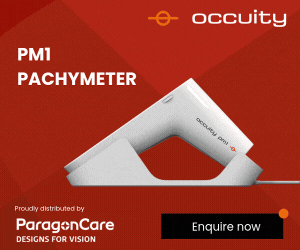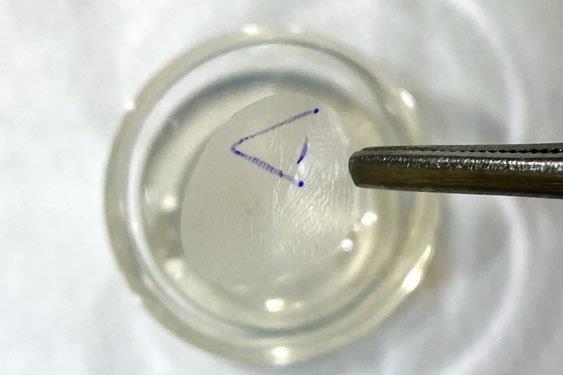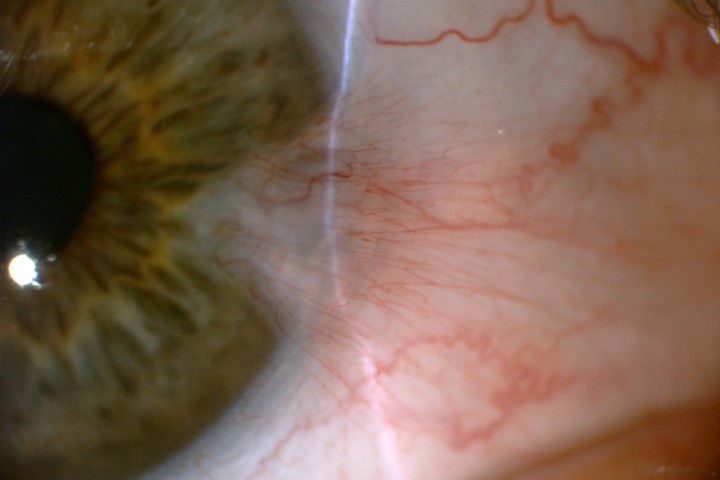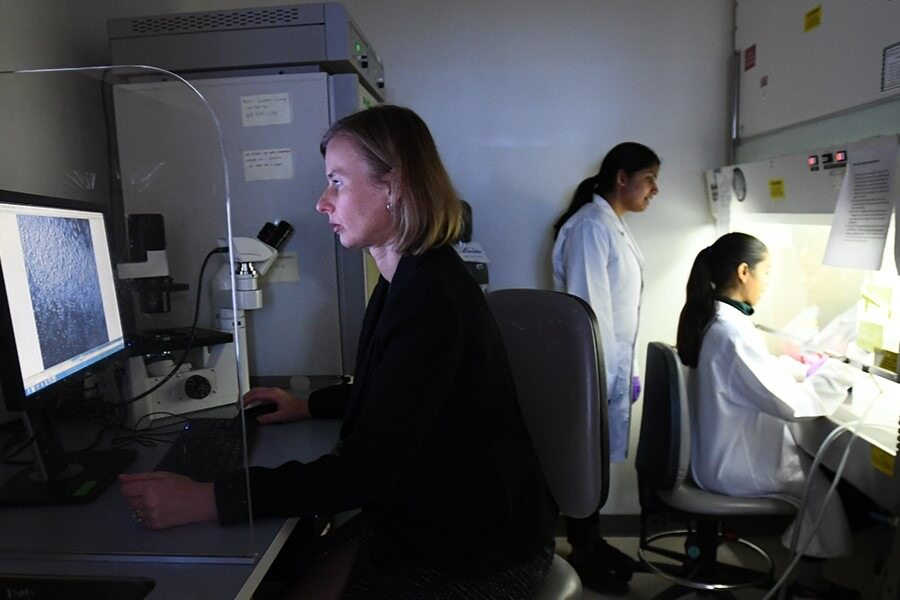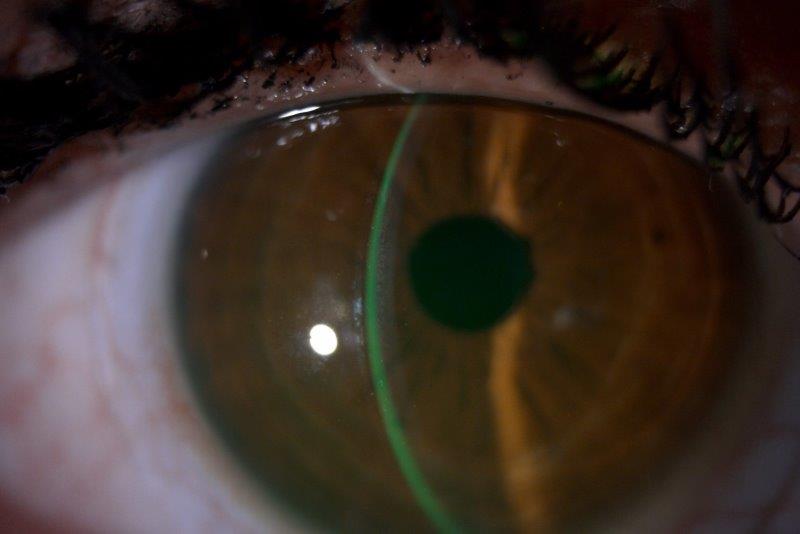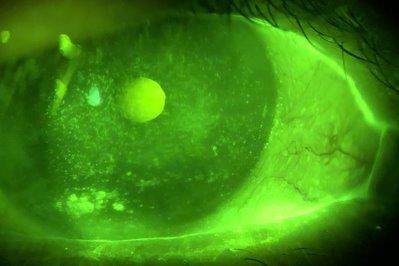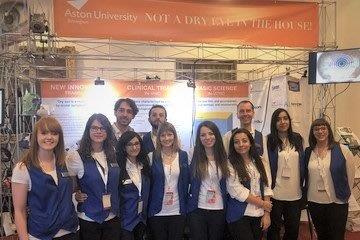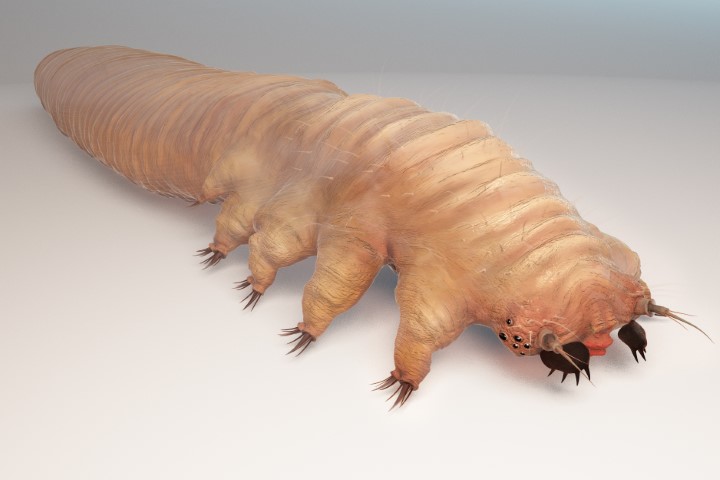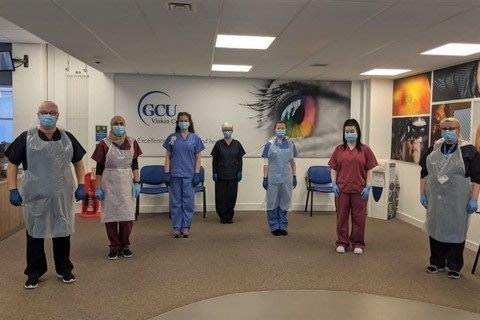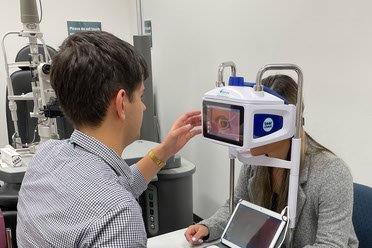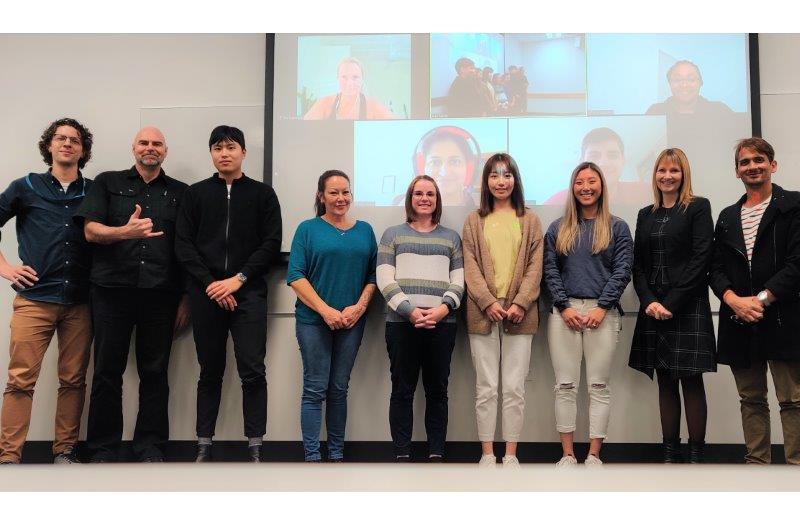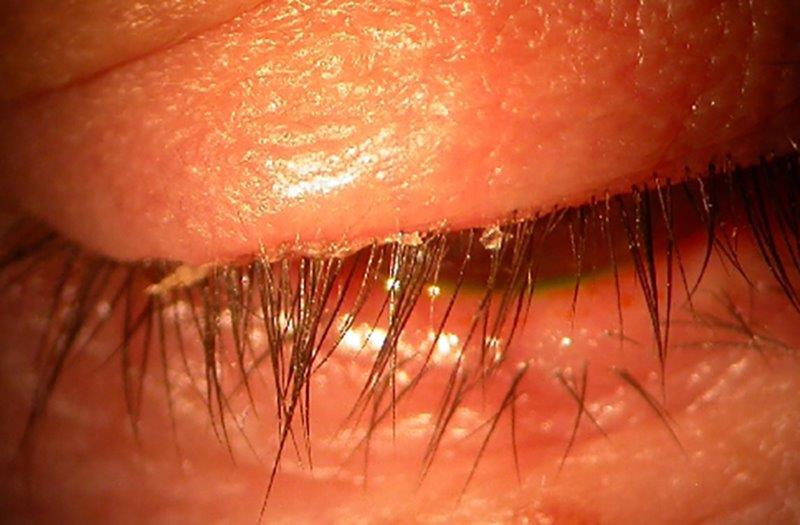Amniotic membrane in optometry practice for dry eye patients?
Amniotic membrane (amnion) is the innermost layer of the amniotic sac, which surrounds the baby during pregnancy1. Amniotic membrane has been considered an adjunctive treatment for ocular surface conditions since the 1990s2, historically dependent on a surgical setting because sutures or glue were required to secure the transplant1. However, advances in amniotic membrane preservation, storage and application methodologies now provide the capacity to transplant the tissue without the need for surgery. Bespoke contact lenses and loading vehicles are used to secure the tissue on the ocular surface, allowing ambulatory, ‘in-office’ access3.
Potent anti-inflammatory and epithelial healing properties, which help to repair and stabilise the ocular surface, have positioned amniotic membrane as an effective surgical and outpatient treatment in chronic corneal defects, ocular burns and inflammatory disorders1, 2, 4. Such advances in accessibility and its recent approval for use by optometrists granted by New Zealand’s Optometrists and Dispensing Opticians Board5, have enabled amniotic membrane to be considered for treatment of chronic conditions such as dry eye disease.
McDonald et al, 20183, studied 97 eyes of 84 moderate-to-severe dry eye disease patients, who were treated with amniotic membrane held by a plastic ring for 5.4 ± 2.8 days. In the cohort, 88% of patients experienced an improvement in their dry eye symptoms, with a significant reduction at 1, 2 and 3 months (p<0.001). Similarly, Cheng et al, 20166, ran a case series of 15 eyes of 10 patients treated with self-retained amnion for 4.9 ± 1.5 days and reported symptomatic relief for 4.2 ± 4.7 months (p<0.001), with a reduction in OSDI score (p<0.001) and reduction in corneal staining (p<0.001).
Amniotic membrane is an established treatment for the neurotrophic cornea7-9 with Maqsood et al4 recently demonstrating that outpatient application of amniotic membrane in chronic ocular surface disease was effective in neurotrophic conditions, offering complete healing in 75% of cases. The use of amniotic membrane in dry eye disease has also been shown to aid corneal nerve regeneration. A case series by John et al, 201710, provided evidence that self-retained amniotic membrane application improved corneal nerve regeneration and significantly improved the corneal sensitivity of dry eye disease patients (p<0.001). Building on this growing body of evidence, Aston Eye Centre, UK, has an ongoing controlled clinical trial (NCT04553432) to investigate the benefit of amniotic membrane in moderate dry eye.
The trial has involved optometrists fitting amniotic membranes beneath soft contact lenses for around 18 months, comparing the outcomes to a stable baseline of moderate-to-severe dry eye disease and to a randomised control group fitted with bandage soft contact lenses alone. The main challenge has been optimising the contact lens so it holds the amniotic membrane in place while being made from a thin material that optimises patient comfort.
The interim analysis suggests amniotic membranes are a promising treatment for the management of moderate-to-severe dry eye disease, with further research required to understand the full patient benefit. Such developments in sutureless, in-clinic availability of amniotic membrane may in future provide optometrists with a treatment option within primary care for a wider severity range of ocular surface disease.
References
1. Walkden A, Amniotic Membrane Transplantation in Ophthalmology: An Updated Perspective. Clin Ophthalmol 2020, 14, 2057-2072.
2. Dua HS, Gomes JA, King AJ, Maharajan VS, The amniotic membrane in ophthalmology. Surv Ophthalmol 2004, 49 (1), 51-77.
3. McDonald MB, Sheha H, Tighe S, Janik SB, Bowden FW, Chokshi AR, Singer MA, Nanda S, Qazi MA, Dierker D, Shupe AT, McMurren BJ, Treatment outcomes in the DRy Eye Amniotic Membrane (DREAM) study. Clinical ophthalmology (Auckland, NZ) 2018, 12, 677-681.
4. Maqsood S, Elsawah K, Dhillon N, Soliman S, Laginaf M, Lodhia V, Lake, D, Hamada S, Elalfy M, Management of Persistent Corneal Epithelial Defects with Human Amniotic Membrane-derived Dry Matrix. Clin Ophthalmol 2021, 15, 2231-2238.
5. https://www.odob.health.nz/wp-content/uploads/2021/05/FINAL-Amniotic-Membrane-Transplantation-Position-Statement-April-2021.pdf
6. Cheng, AM, Zhao D, Chen R, Yin HY, Tighe S, Sheha H, Casas V, Tseng SC, Accelerated Restoration of Ocular Surface Health in Dry Eye Disease by Self-Retained Cryopreserved Amniotic Membrane. Ocul Surf 2016, 14 (1), 56-63.
7. Stanisic S, Marocco A, Gallo A, Rama P, Sacchetti M, Rolando M, Pocobelli A, Ceccuzzi R, Leonardi A, Mencucci R, Pedrotti E, Postorino E, Mascia M, Mazzamuto LR, Prisco L, Van Nooten F, Berto P, Epidemiology and economic impact of moderate and severe neurotrophic keratopathy in Italy. Global & Regional Health Technology Assessment 2018, 2284240318777150.
8. Dua HS, Said DG, Messmer EM, Rolando M, Benitez-del-Castillo JM, Hossain PN, Shortt A J, Geerling G, Nubile M, Figueiredo FC, Rauz S, Mastropasqua L, Rama P, Baudouin C, Neurotrophic keratopathy. Progress in Retinal and Eye Research 2018, 66, 107-131.
9. Schuerch K, Baeriswyl A, Frueh BE, Tappeiner C, Efficacy of Amniotic Membrane Transplantation for the Treatment of Corneal Ulcers. Cornea 2020, 39 (4), 479-483.
10. John T, Tighe S, Sheha H, Hamrah P, Salem ZM, Cheng AMS, Wang MX, Rock ND, Corneal Nerve Regeneration after Self-Retained Cryopreserved Amniotic Membrane in Dry Eye Disease. J Ophthalmol 2017, 2017, 6404918-6404918.
Sònia Travé Huarte and Professor James Wolffsohn are based at Aston University, Birmingham, England, where they are collaborating with NuVision Biotherapies.






